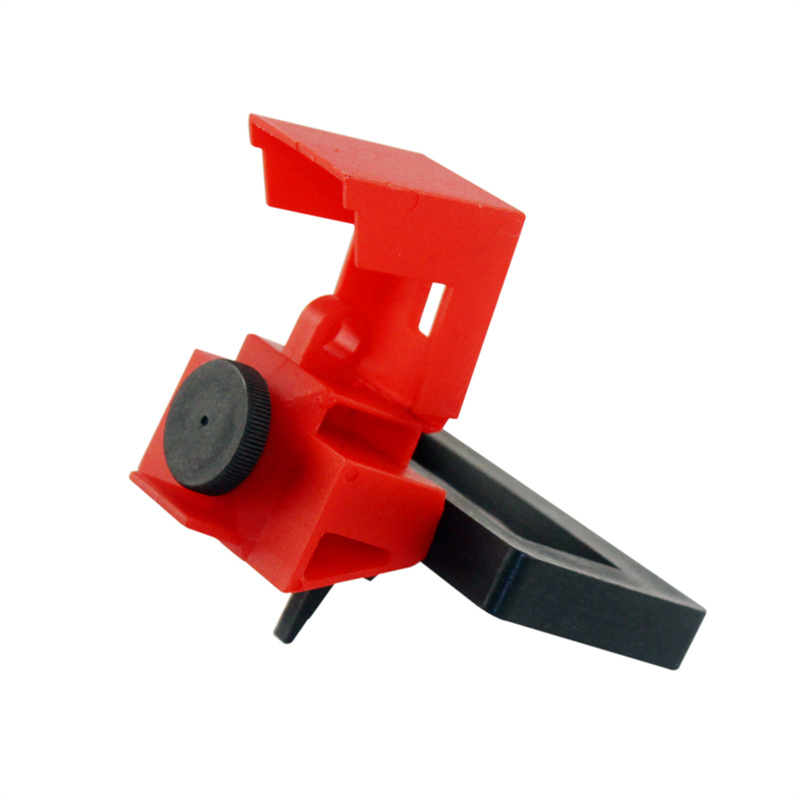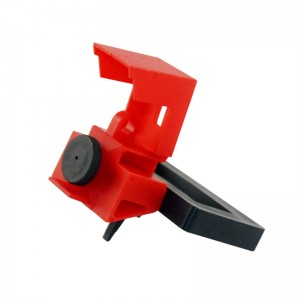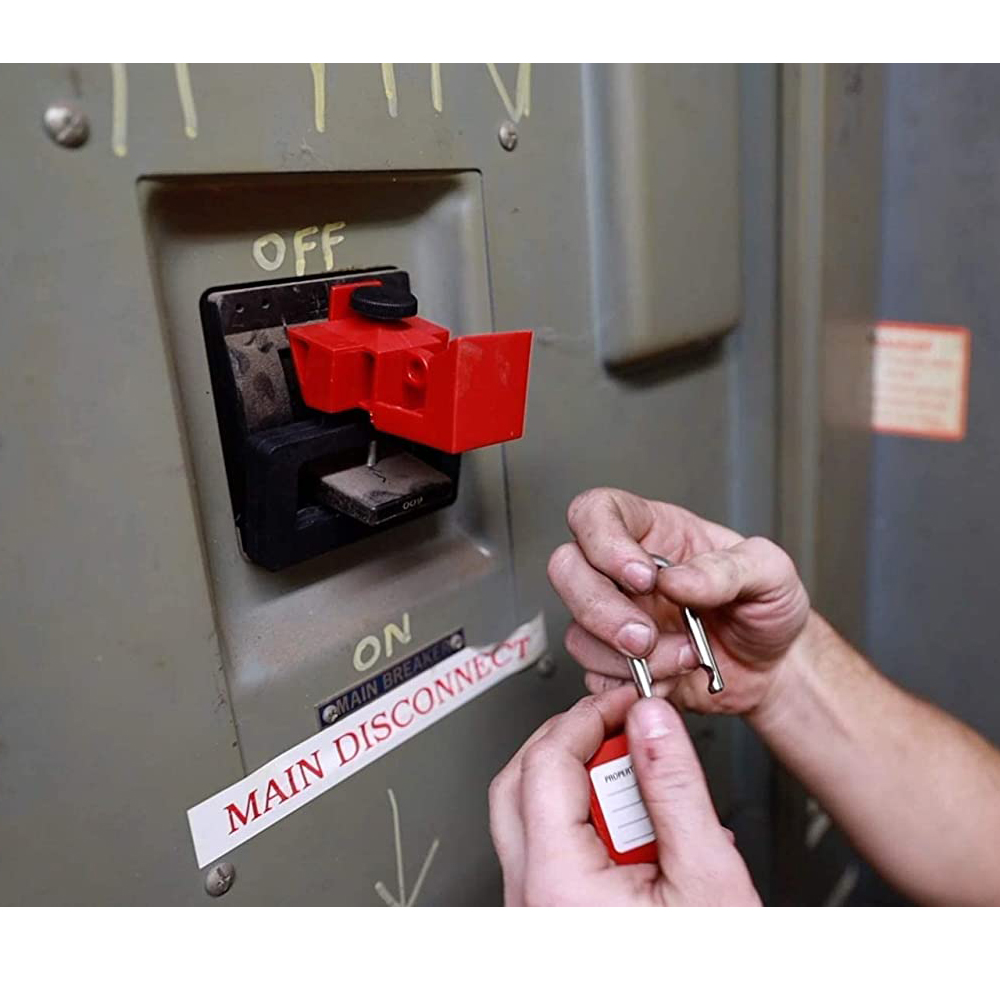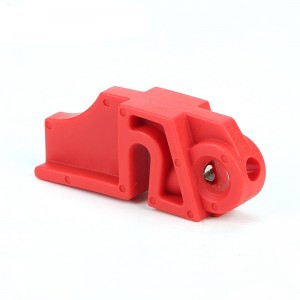Features
Use thumbscrew to clamp lockout securely onto switch tongue, then pull over and lock in place to prevent clamp from being loosened.
New blade design provides tighter grip with less torque on thumb screw.
Detachable cleats expand the range of applicable breakers.
The lockout can take padlocks with a shackle diameter up to 7mm.
Suitable for all kinds of mould case circuit breakers, if you cannot insert the lock on the circuit breaker correctly or if it leaves too much space for the rocker, use the attached base.
Blade design
The new blade design requires less force on the special-shaped screw, but the combination is more compact, easy to lock without tools.
Screw fixation
The special-shaped screw is fixed and locked on the switch handle, can then the cover is fastened on the special-shaped screw for locking to avoid loosening.
Structure design: The lock body has been upgraded and improved, and the lock cover is fixed with split type, which is not easy to break, opening and closing more smoothly and convenient to lock. Cutter teeth bite design, less force on abnormal screw, but more tightly combined, not easy to loosen. Clamp type circuit breaker lockout is equipped with removable splint to enlarge the range of applicable circuit breaker.
Widely range of use: Through professional design, the product is suitable for a variety of medium-sized built-in trip molded case circuit breakers to protect employees from electrical accidents during equipment maintenance.
-
Clamp Type Circuit Breaker Loto Lockout Securit...
-
Mini Circuit Breaker Loto Lockout Tag Out For S...
-
Small Safety Pin Out Loto Breaker Lockout Devic...
-
Miniature Circuit Breaker Safety Lockout For Lo...
-
Electrical Circuit Breaker Safety Lockout Devic...
-
Electrical Circuit Breaker Lockout Loto Devices...













